Setting Up Your Sewing Room: Essential Tips
Creating an organized and inspiring sewing room can be a game-changer for any sewing enthusiast. Whether you're a beginner or a seasoned pro, having a dedicated space that reflects your style and meets your needs can significantly enhance your creativity and productivity. Imagine walking into a room where everything has its place, and your ideas can flow freely without the clutter of chaos. This article will guide you through essential tips for setting up your sewing room, covering everything from layout considerations to clever storage solutions. So, let’s dive in and turn that dream sewing space into a reality!
When it comes to setting up your sewing room, the first step is selecting the right space. This decision is crucial and can greatly influence your sewing experience. Think about factors like natural light, accessibility, and size. A well-lit room can make all the difference, especially when working on intricate details. If possible, choose a space with large windows that let in plenty of sunlight. Not only does natural light brighten the room, but it also helps you see colors and patterns more accurately. Accessibility is another important factor; make sure your sewing room is easily reachable from other areas of your home, so you feel encouraged to use it often. Lastly, consider the size of the space. You want enough room to move around comfortably and store your supplies without feeling cramped.
Investing in the right furniture is key to enhancing your sewing experience. A well-designed sewing space can transform how you approach your projects. Start with a sturdy sewing table that fits your machine and provides enough workspace for cutting fabric and assembling pieces. Look for tables that have built-in storage or shelves to keep your tools and materials close at hand. Pair your table with a comfortable chair that offers good support, as you'll likely be spending hours at a time working on your creations. Additionally, consider storage units like cabinets or carts that can hold your fabric, threads, and notions. This ensures everything is organized and easily accessible, reducing the time spent searching for supplies.
Don't overlook the importance of ergonomics in your sewing room setup. Prioritizing ergonomic furniture can prevent strain and discomfort during those long sewing sessions. Imagine sitting for hours without the right support; it can lead to back pain and fatigue, which can stifle your creativity. Look for adjustable tables that allow you to change the height according to your needs, whether you're sitting or standing. A supportive chair with lumbar support is also essential. It should be cushioned and comfortable enough to keep you focused on your work rather than your discomfort.
Height adjustable tables are a fantastic option for those who work on various sewing tasks. These tables can accommodate different techniques, whether you're quilting, sewing garments, or doing detailed embroidery. By adjusting the height, you can find the perfect position that keeps you comfortable and reduces the risk of strain. This flexibility is particularly beneficial if you share your space with others who may have different preferences.
Never underestimate the impact of a good chair on your sewing experience. A chair that provides adequate support and cushioning can make a world of difference during extended periods of sewing. Look for options that allow you to adjust the height and have features like armrests and a swivel base. This way, you can easily reach for tools and materials without straining your body. Remember, comfort is key to maintaining your focus and creativity!
Effective storage is essential for keeping your sewing room organized. A cluttered space can lead to frustration and lost inspiration. To manage your fabric, tools, and notions efficiently, consider incorporating the following storage solutions:
- Clear bins for fabric, allowing you to see what you have at a glance.
- Drawer units for smaller tools and notions, keeping everything tidy and easy to find.
- Wall-mounted shelves for displaying your favorite fabrics or inspiration boards.
- Magnetic strips for holding scissors and other metal tools within easy reach.
By implementing these storage ideas, you can create a functional and inviting sewing room that encourages creativity and productivity.
Proper lighting is vital for detailed sewing work. Without adequate lighting, you may find yourself straining your eyes, which can lead to headaches and mistakes. It's important to understand the balance between natural and artificial lighting options to create a well-lit environment. Natural light is fantastic during the day, but as the sun sets, you'll need reliable artificial lighting to keep your workspace illuminated.
Utilizing natural light can significantly improve your sewing experience. Strategically placing your sewing table near a window can enhance visibility without causing glare on your work surface. Consider using sheer curtains to diffuse harsh sunlight while still allowing light to filter through. This not only keeps your workspace bright but also creates a warm and inviting atmosphere.
Task lighting focuses on specific areas, providing direct illumination for detailed sewing tasks. There are various styles of task lighting available, from adjustable desk lamps to overhead fixtures. Look for options that allow you to direct light exactly where you need it, ensuring you can see every stitch clearly. Good lighting can enhance your sewing room's functionality and make your projects more enjoyable.
Q: How do I choose the right sewing machine for my needs?
A: Consider your sewing experience, the types of projects you'll be working on, and your budget. Research different brands and models to find one that suits your style and requirements.
Q: What are some essential tools I should have in my sewing room?
A: Some must-have tools include scissors, rotary cutters, rulers, measuring tapes, pins, and a seam ripper. These essentials will help you tackle a variety of projects with ease.
Q: How can I keep my sewing room organized?
A: Use clear bins, drawer units, and wall-mounted shelves to store your supplies. Regularly declutter and arrange your materials to maintain an organized space.
Q: What are some tips for improving my sewing skills?
A: Practice regularly, take sewing classes, watch tutorials online, and don't hesitate to experiment with new techniques and patterns. The more you sew, the better you’ll become!
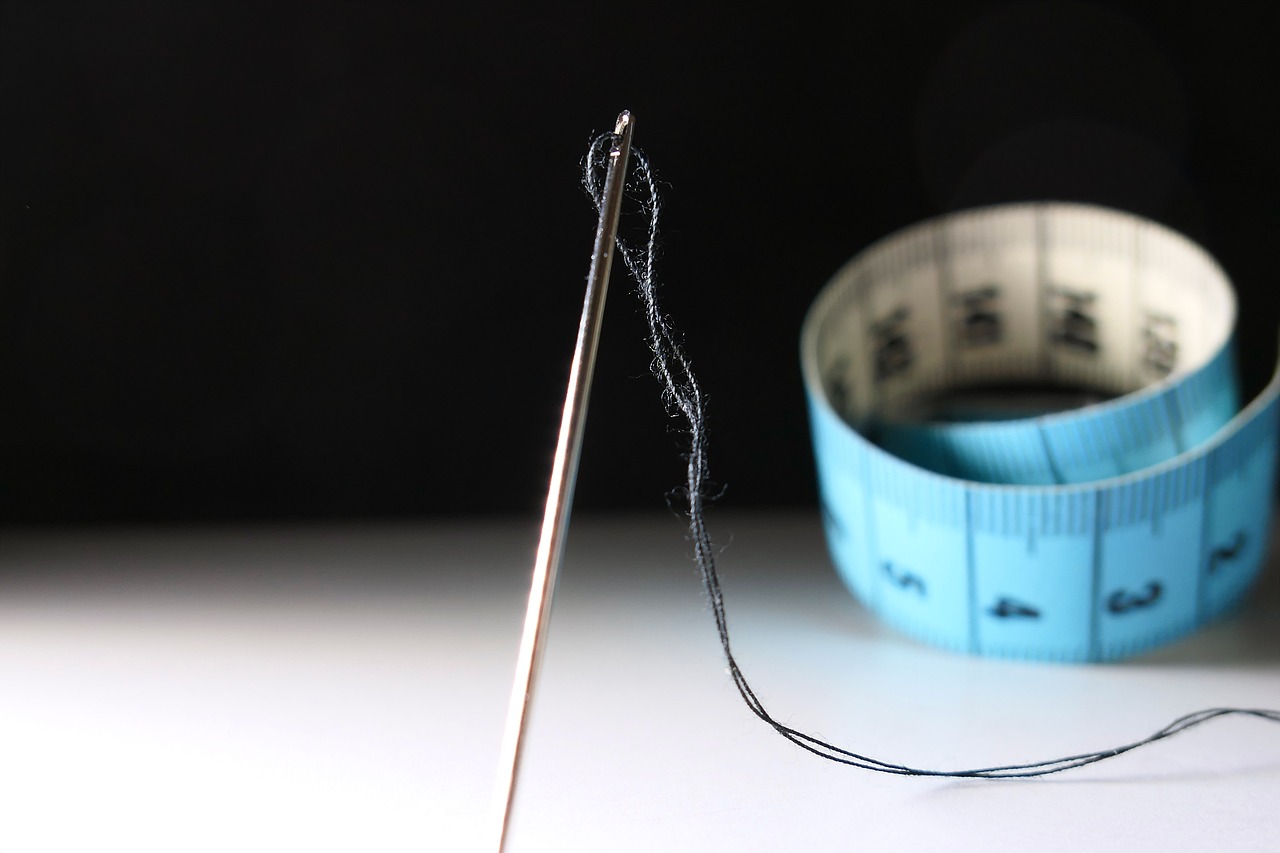
Choosing the Right Space
When it comes to creating your sewing sanctuary, the space you choose is absolutely paramount. Imagine walking into a room that not only inspires creativity but also feels comfortable and functional. To achieve this, you need to consider several factors that will impact your sewing experience. First and foremost, think about natural light. A well-lit room can make all the difference, allowing you to see the intricate details of your fabric and patterns without straining your eyes. If you have a choice, select a space with large windows or good exposure to sunlight.
Next, consider the accessibility of the space. You want your sewing room to be easily reachable, especially if you plan to use it frequently. A room that is tucked away in a corner of your home might not be as inviting as one that is more central. Think about how often you'll be using the room and how easy it is to get to. You don’t want to feel like you’re embarking on a trek every time you want to sew!
Moreover, the size of the room plays a critical role in your setup. A larger space allows for more freedom in arranging your furniture and supplies, while a smaller room can be cozy but may require more creative storage solutions. If you're working with limited space, consider how to maximize it effectively. For instance, using vertical storage solutions or multi-functional furniture can help you make the most out of a smaller area.
Here are some additional considerations to keep in mind when choosing your sewing space:
- Noise Levels: Is the area quiet enough for you to concentrate?
- Temperature Control: Make sure the room can be kept at a comfortable temperature, especially if you plan to spend long hours sewing.
- Ventilation: Good airflow can help keep the space fresh, especially if you’re working with fabrics and materials that may have odors.
Lastly, don’t underestimate the impact of personal preference. Your sewing room should reflect your style and personality. Whether it’s bright colors, inspirational wall art, or a cozy nook with a comfy chair, make it a space that feels like yours. After all, this is where your creativity will flourish, and you want to feel inspired every time you step inside!
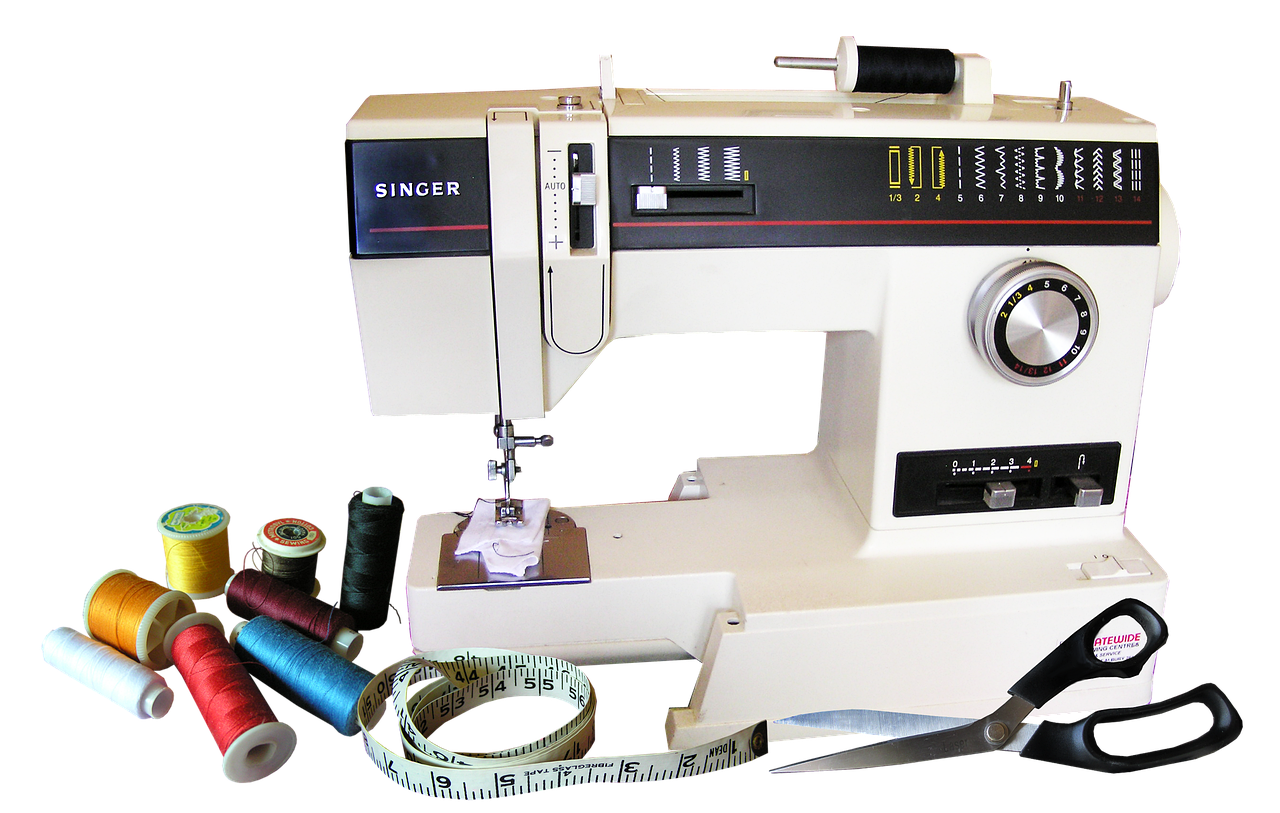
Essential Furniture for Your Sewing Room
When it comes to creating a sewing room that inspires creativity and productivity, the right furniture plays a pivotal role. Think of your sewing room as a stage where your creativity takes center stage; every piece of furniture should support your artistic endeavors. First and foremost, a sturdy sewing table is essential. This is where the magic happens! Look for a table that offers ample surface area and durability, allowing you to spread out your fabric and tools without feeling cramped. A table with built-in storage can also be a game-changer, keeping your essentials within arm's reach.
Next, consider the seating arrangement. A comfortable chair is not just a luxury; it's a necessity. You’ll want a chair that offers lumbar support and cushioning to keep you comfortable during those long sewing sessions. Imagine sinking into your chair, ready to tackle your next project without the nagging discomfort that can steal your focus. Ergonomics should be your guiding principle here; after all, a happy sewer is a productive sewer!
Additionally, don’t overlook the importance of storage units. These are the unsung heroes of your sewing room, helping you manage your supplies efficiently. You might want to invest in a combination of shelves, drawers, and bins to keep everything organized. For instance, clear plastic bins can be fantastic for storing fabric, as they allow you to see your materials at a glance. A well-organized space not only looks appealing but also saves you time when you’re in the zone, searching for that perfect shade of thread.
To give you a clearer idea of how to set up your sewing room, let’s take a look at a simple table summarizing essential furniture:
| Furniture Type | Purpose | Key Features |
|---|---|---|
| Sewing Table | Workspace for sewing projects | Durability, ample surface area, built-in storage |
| Ergonomic Chair | Comfortable seating | Lumbar support, cushioning, adjustable height |
| Storage Units | Organizing supplies | Shelves, drawers, bins, clear containers |
Lastly, think about adding a cutting table to your sewing room. This table should be at a comfortable height to allow you to cut fabric without straining your back. A cutting table can also double as a display area for your finished projects or as an additional workspace when you're juggling multiple tasks. With the right furniture in place, your sewing room will not only be functional but also a welcoming space where your creativity can flourish.
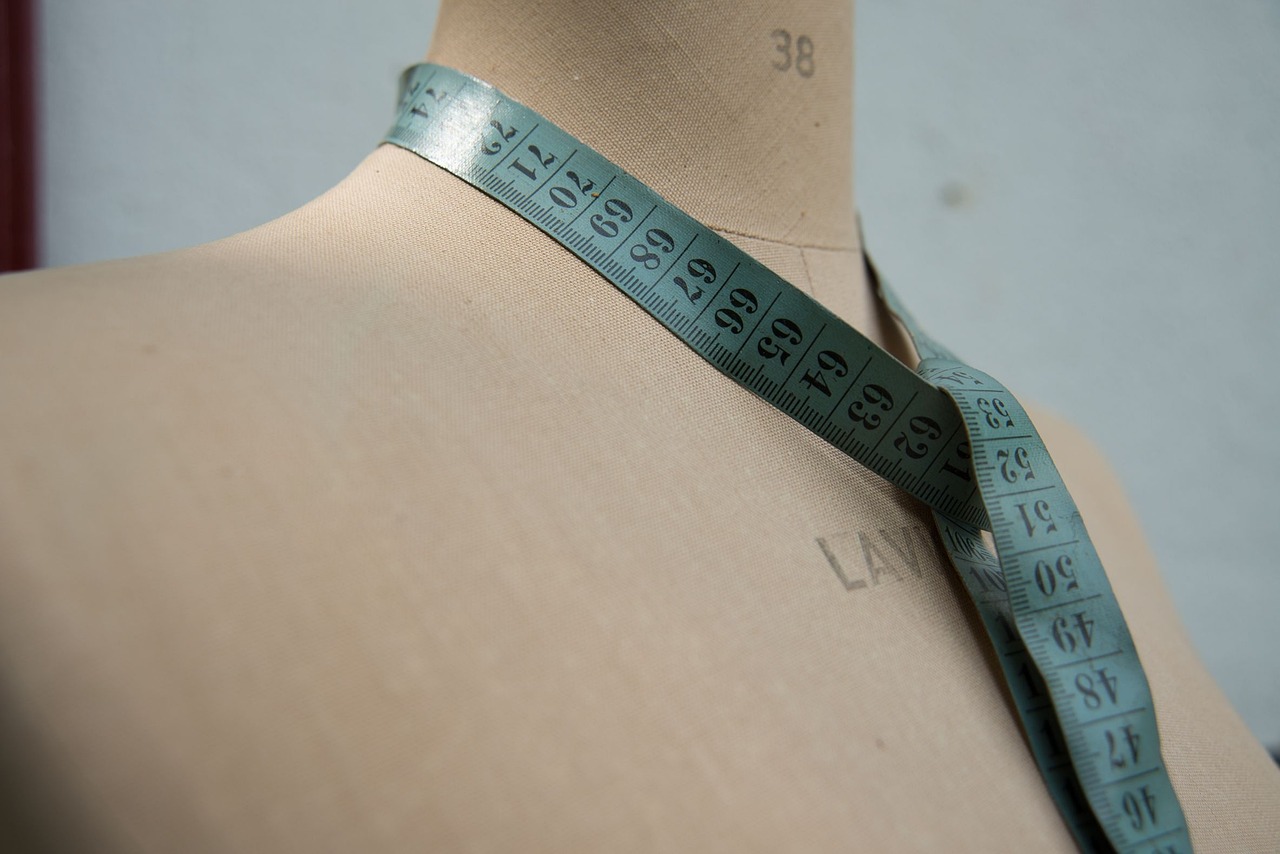
Ergonomic Considerations
When it comes to sewing, comfort is key. Imagine sitting for hours, lost in your creative flow, only to be interrupted by discomfort or strain. That's where come into play. Investing in ergonomic furniture not only enhances your sewing experience but also prevents the wear and tear on your body that can come from poor posture and inadequate support. Think of your sewing room as your personal sanctuary; it should be a space that nurtures your creativity without compromising your health.
One of the most significant investments you can make is in an adjustable sewing table. These tables allow you to customize the height to suit your needs, whether you're sitting or standing. This flexibility is crucial when you're switching between different sewing techniques, like piecing fabric together or quilting. Having the right height can mean the difference between a comfortable day of sewing and one filled with backaches. Consider this: a table that adjusts to your height is like a tailor-made suit; it fits perfectly and makes you feel good.
Alongside an adjustable table, your seating choice is equally important. A good chair should provide lumbar support, which helps maintain the natural curve of your spine. Look for chairs with cushioning and adjustable features to ensure that your body is properly supported during long sewing sessions. A chair that feels like a cloud can make your sewing experience not just bearable, but enjoyable. Remember, a comfortable seat is your best friend in the world of sewing!
Here’s a quick overview of what to look for in ergonomic furniture:
- Adjustable Height: Ensures your table and chair fit your body perfectly.
- Lumbar Support: Helps maintain a healthy posture.
- Cushioned Seating: Provides comfort during long hours of sewing.
- Mobility: Consider chairs with wheels for easy movement around your workspace.
Incorporating ergonomic principles into your sewing room design doesn't just improve comfort; it can also enhance your productivity. When your body feels good, your creativity flows more freely. So, take the time to evaluate your current setup. Are you straining to reach your tools? Is your chair causing discomfort? By addressing these issues, you can transform your sewing room into a haven of creativity and comfort.
Q: What is ergonomic furniture?
A: Ergonomic furniture is designed to support the body in a way that reduces strain and discomfort. This includes adjustable tables and chairs that promote good posture.
Q: How can I tell if my sewing chair is ergonomic?
A: An ergonomic chair should provide lumbar support, be adjustable in height, and have cushioning to support long periods of sitting without discomfort.
Q: Are height adjustable tables worth the investment?
A: Absolutely! They offer flexibility for various sewing tasks and can prevent back pain by allowing you to switch between sitting and standing as needed.
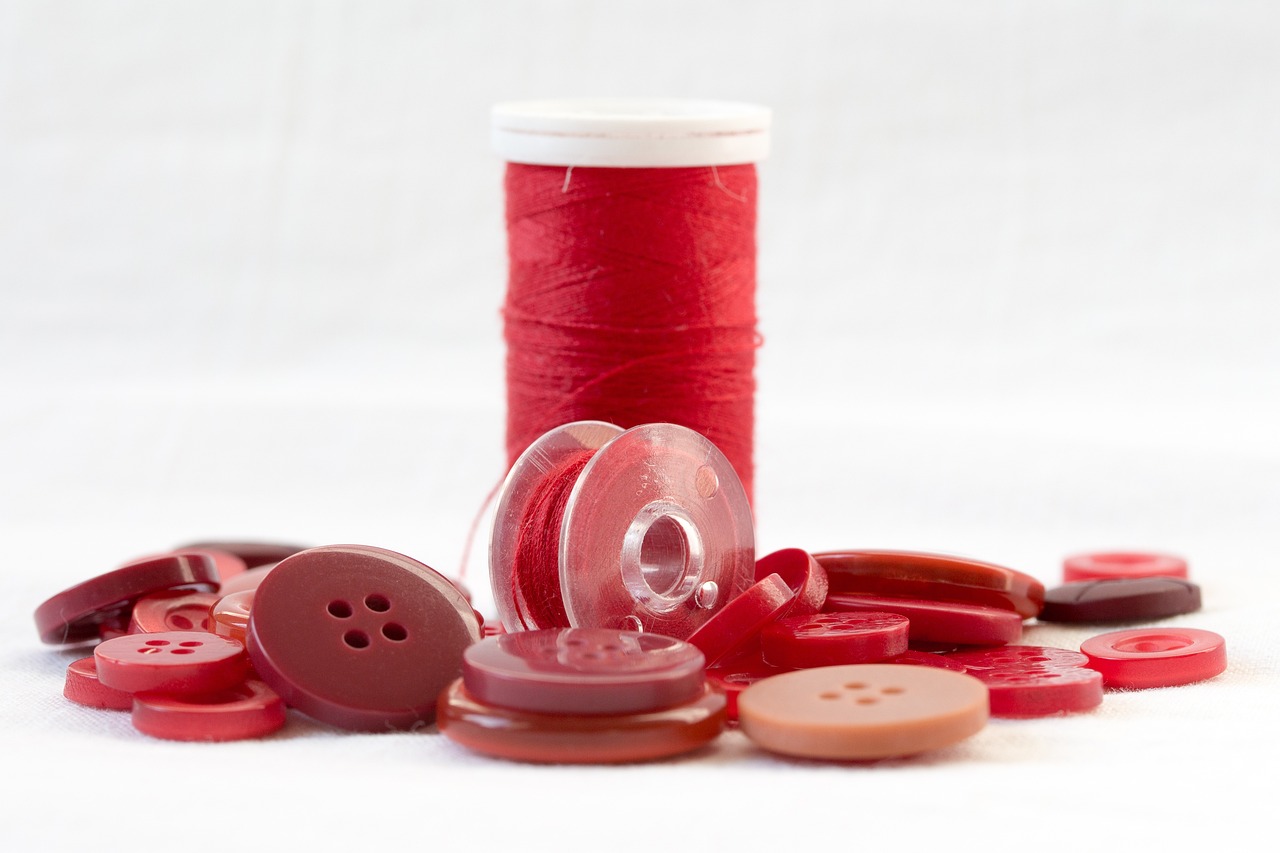
Height Adjustable Tables
When it comes to setting up your sewing room, one of the most transformative pieces of furniture you can invest in is a height adjustable table. These tables are not just a trend; they are a game changer for anyone who spends hours sewing. Imagine being able to switch from sitting to standing at the push of a button! This flexibility is essential for maintaining comfort and productivity, especially during those long sewing marathons.
Height adjustable tables cater to a variety of sewing techniques and projects. Whether you’re working on a delicate quilt or a heavy upholstery fabric, having the ability to adjust your workspace can significantly enhance your sewing experience. You can easily switch your table height to accommodate different tasks, allowing you to adopt the best posture for each project. This adaptability not only boosts your efficiency but also helps to prevent the dreaded back and neck strain that often comes with prolonged sewing sessions.
Here are some key benefits of using height adjustable tables in your sewing room:
- Improved Posture: By allowing you to adjust your working height, these tables help maintain a healthy posture, reducing the risk of discomfort and injury.
- Enhanced Focus: When you’re comfortable, you can concentrate better on your projects, leading to improved accuracy and creativity.
- Versatility: These tables can easily accommodate various sewing tasks, from intricate piecing to large fabric cuts, making them a versatile addition to your workspace.
Additionally, many height adjustable tables come with built-in features such as storage compartments and cable management systems. This not only keeps your workspace tidy but also ensures that your tools and supplies are within easy reach. You can find tables that fit your aesthetic preferences, whether you prefer a sleek modern design or a more traditional look.
In summary, investing in a height adjustable table can significantly enhance your sewing experience. It's about more than just convenience; it's about creating a workspace that inspires creativity while prioritizing your health and comfort. So, as you plan your sewing room, consider how this versatile piece of furniture can elevate your craft to new heights!
Q: Are height adjustable tables expensive?
A: While the price can vary significantly based on brand and features, there are options available for various budgets. Consider it an investment in your comfort and productivity.
Q: Can I use a height adjustable table for other crafts?
A: Absolutely! These tables are versatile and can be used for a variety of crafts, including knitting, quilting, and even crafting.
Q: How do I choose the right height adjustable table for my sewing room?
A: Look for tables that offer a wide height range, stability, and additional features like storage or built-in lighting to suit your specific needs.
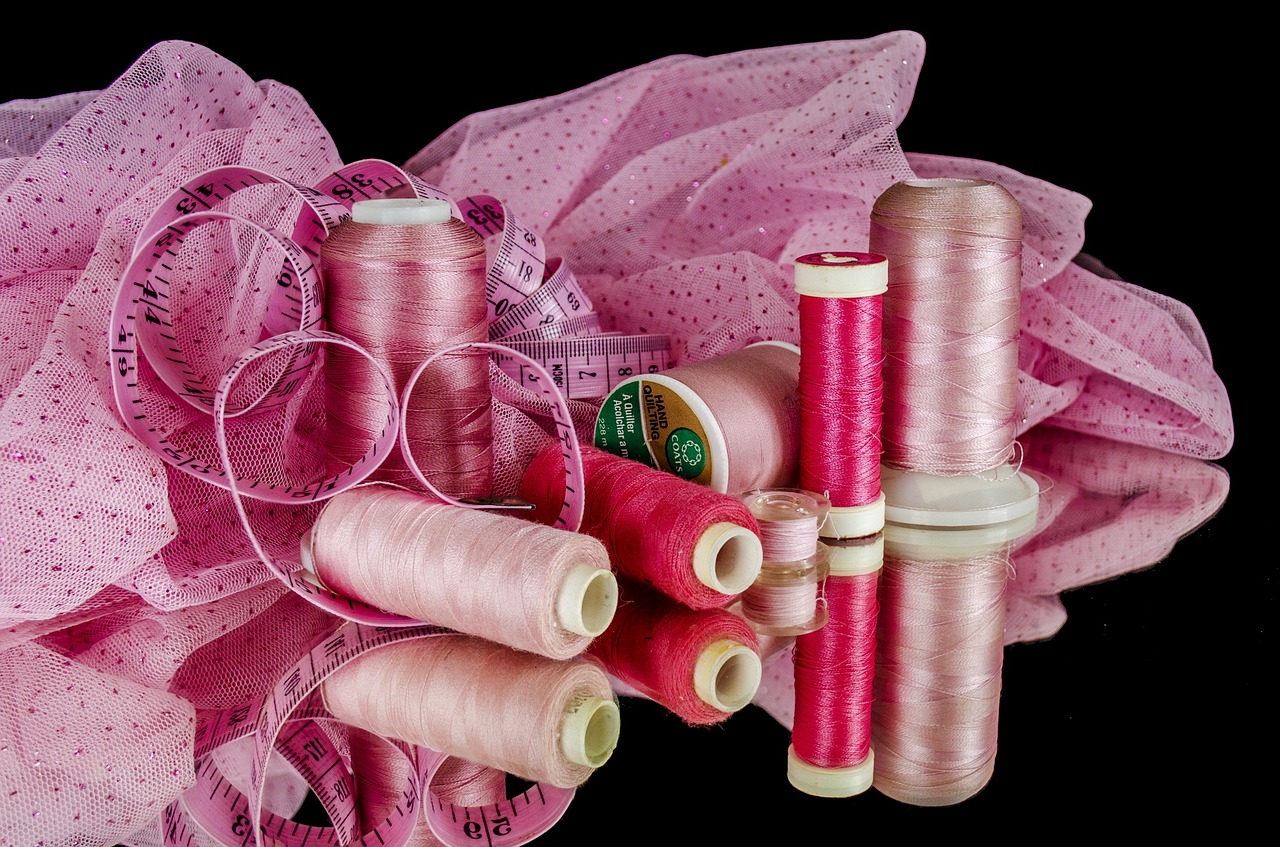
Comfortable Seating Options
When it comes to sewing, the type of chair you choose can significantly impact your overall experience. Imagine spending hours hunched over a sewing machine in an uncomfortable chair—sounds like a nightmare, right? That’s why investing in is not just a luxury; it’s a necessity for any avid sewer. A good chair can mean the difference between a joyful sewing session and a backache that lingers for days.
First and foremost, look for chairs that offer lumbar support. This feature is crucial as it helps maintain the natural curve of your lower back, reducing strain during those long creative marathons. Additionally, consider chairs with adjustable heights. This allows you to find the perfect position relative to your sewing table, ensuring that your arms are at a comfortable angle while you work. You want to feel like you’re gliding through your projects, not fighting against them!
Another fantastic option is a chair with cushioning. A well-padded seat can provide the comfort you need, especially when you’re deep into a project. Look for materials that are both soft and breathable, as they will keep you comfortable without overheating. Some chairs even come with memory foam, which molds to your body for an even more personalized experience. Imagine sinking into a chair that feels like it was made just for you—heavenly, right?
Don’t forget about the importance of mobility. A chair with wheels can make it easier to move around your sewing room, allowing you to reach for supplies or shift your position without straining your back. However, make sure the wheels are suitable for your flooring; you don’t want to be sliding around uncontrollably while trying to focus on your intricate stitching!
Lastly, consider your personal style. Your sewing room should be a reflection of you, and your chair can play a big role in that. Whether you prefer a modern aesthetic or a vintage vibe, there are countless options available to match your decor. Here’s a quick table summarizing some comfortable seating options:
| Chair Type | Features | Price Range |
|---|---|---|
| Ergonomic Office Chair | Lumbar support, adjustable height, cushioned seat | $100 - $300 |
| Sewing Chair with Wheels | Mobility, height adjustable, stylish designs | $80 - $250 |
| Stool with Padding | Compact, easy to store, lightweight | $50 - $150 |
In summary, choosing the right chair is an essential part of setting up your sewing room. With the right seating, you can sew for hours without discomfort, allowing your creativity to flow freely. So, take the time to explore your options and find the perfect chair that supports your body and your artistic spirit!
Q: How do I know if a chair is comfortable for sewing?
A: Test the chair for lumbar support, cushioning, and adjustability. If possible, sit in it for a while to see how it feels.
Q: Can I use an office chair for sewing?
A: Absolutely! Just make sure it has the right features like height adjustment and lumbar support.
Q: What should I look for in a sewing chair?
A: Look for comfort, adjustability, mobility, and style. A good chair should support your body while complementing your sewing space.
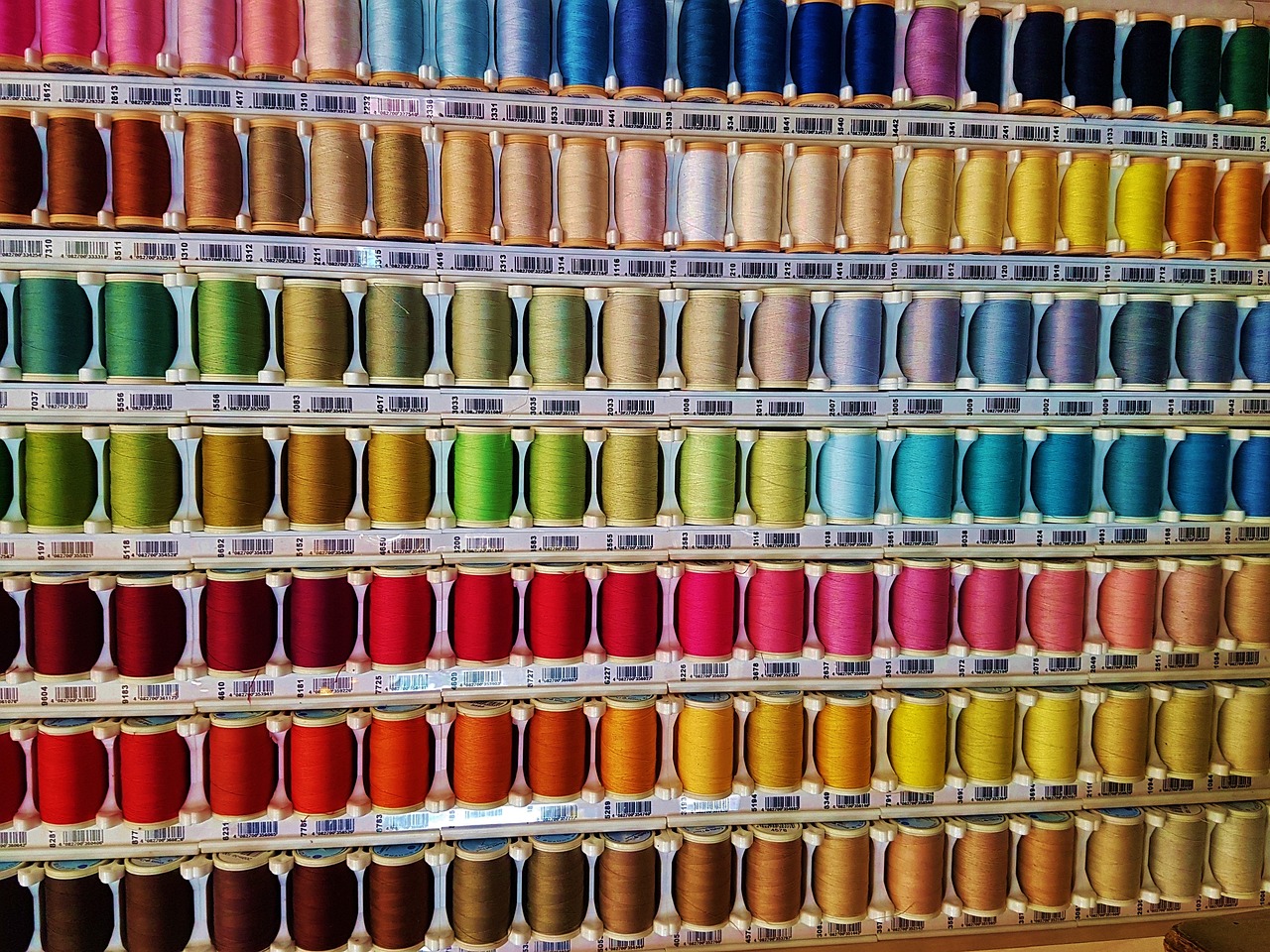
Storage Solutions for Supplies
When it comes to sewing, having an organized space is not just a luxury; it's a necessity. Imagine rummaging through piles of fabric or digging through drawers to find that elusive spool of thread. Frustrating, right? That's why effective storage solutions are essential in your sewing room. They not only keep your supplies in order but also inspire creativity by making everything easily accessible. Think of your sewing room as a well-tuned orchestra; each element must be in harmony to create a beautiful symphony of creativity.
One of the best ways to manage your supplies is by categorizing them. You can use various storage solutions to keep everything from fabrics to tools organized. For instance, consider using clear plastic bins for your fabric. This allows you to see what you have at a glance, saving you time and energy. You can label each bin according to color, type, or project, making it even simpler to find what you need. Additionally, a pegboard can be a fantastic addition to your sewing room. Not only does it save space, but it also provides a visual display of your tools and notions, making them easy to grab when inspiration strikes.
Another effective storage solution is utilizing vertical space. Shelving units can be a game changer. They allow you to store items off the floor and can be customized to fit your specific needs. For example, you might want to dedicate one shelf to your sewing books and another to your fabric stash. Don't forget about the power of rolling carts. These mobile storage units can be moved around your sewing room, allowing you to keep your most-used supplies close at hand. Plus, they can easily be tucked away when not in use.
Here’s a quick breakdown of some popular storage options:
| Storage Solution | Benefits |
|---|---|
| Clear Plastic Bins | Visibility and organization; easy to label |
| Pegboard | Space-saving; keeps tools visible and accessible |
| Shelving Units | Maximizes vertical space; customizable |
| Rolling Carts | Mobility; can store frequently used items |
Lastly, don’t underestimate the power of a good old-fashioned drawer system. Drawers can be perfect for smaller items like buttons, needles, and threads. You can even use drawer dividers to keep everything neatly separated. This way, you won’t have to sift through a jumble of supplies to find what you need. Remember, the goal is to create a space that not only looks good but also feels good to work in. When everything has a designated spot, you'll find yourself spending less time organizing and more time sewing!
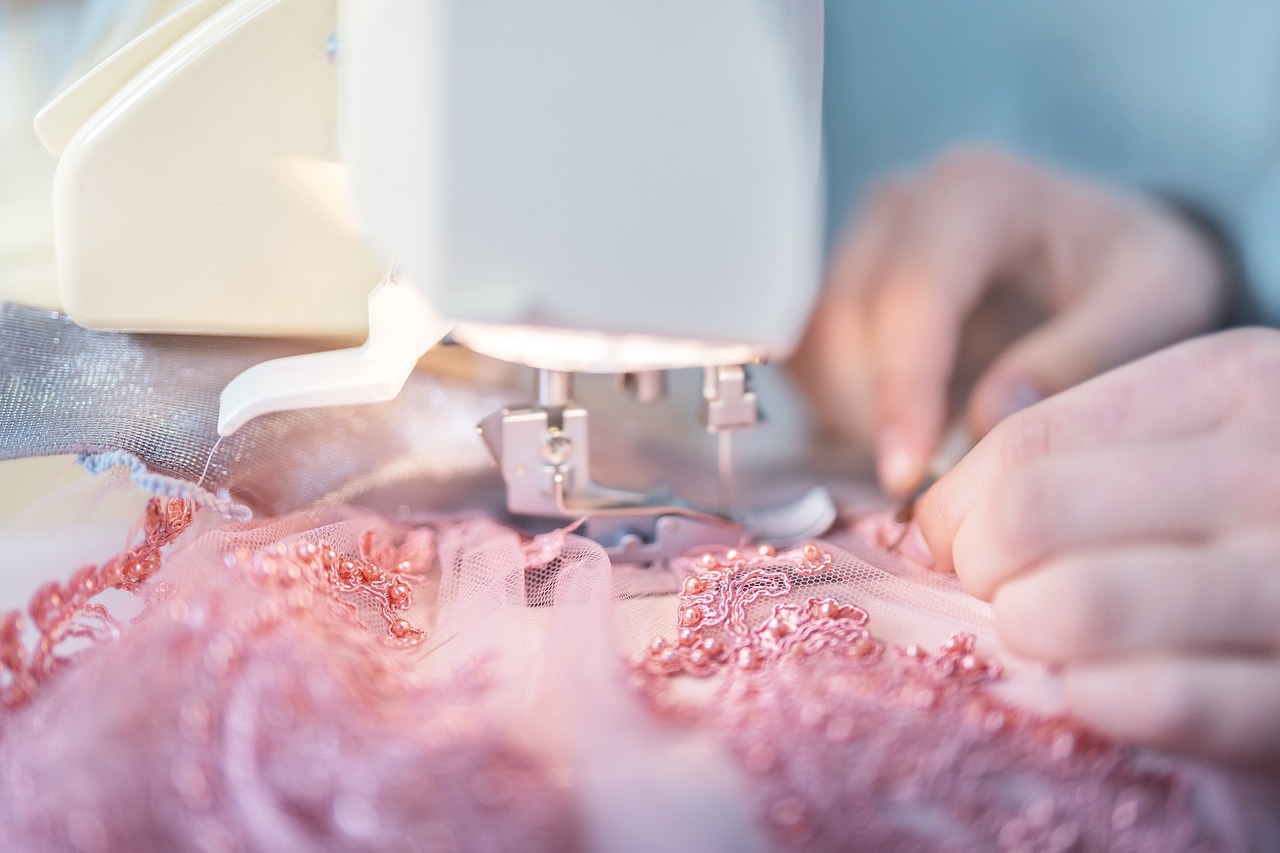
Lighting for Your Sewing Room
When it comes to sewing, lighting plays a pivotal role in your overall experience and the quality of your work. Imagine trying to thread a needle or sew intricate patterns in dim light—it's not just frustrating, it can lead to mistakes that could ruin your project. Therefore, understanding the importance of both natural and artificial lighting options is essential for creating a well-lit environment that minimizes eye strain and enhances precision.
Natural light is often the best friend of a sewing enthusiast. It not only illuminates your workspace but also boosts your mood and creativity. Ideally, you should select a room with ample windows, allowing sunlight to pour in during the day. However, don’t forget to consider the placement of your windows. If they face the wrong direction, you might end up with glare that disrupts your focus. Sheer curtains can be a game-changer here, filtering the sunlight and creating a soft glow that enhances visibility without overwhelming your eyes.
On the flip side, we can't rely solely on natural light, especially during those late-night sewing marathons. This is where task lighting comes into play. Task lighting focuses on specific areas, providing direct illumination where you need it most. Think about incorporating a combination of different styles of task lighting to suit your needs:
- Desk Lamps: A flexible desk lamp with an adjustable arm can direct light exactly where you need it, whether you're cutting fabric or stitching intricate details.
- Overhead Lighting: Bright, even overhead lighting can help illuminate your entire sewing area, reducing shadows that can make sewing difficult.
- Magnifying Lamps: If you often work on detailed projects, a magnifying lamp can provide both light and magnification, making it easier to see fine details.
When selecting your lighting fixtures, consider energy-efficient options like LED bulbs. They not only save you money on electricity bills but also emit less heat, keeping your sewing room comfortable even during long hours of work. Additionally, LED lights come in various color temperatures, allowing you to choose between warm, soft light or bright, daylight-like illumination depending on your preference.
In summary, lighting is more than just a functional aspect of your sewing room; it’s a crucial element that can significantly impact your creativity and productivity. By blending natural light with effective task lighting, you can create a space that inspires you to sew with joy and precision. So, go ahead and light up your sewing room in a way that makes every stitch a delight!
Q1: How can I improve natural lighting in my sewing room?
A1: You can improve natural lighting by positioning your sewing table near windows, using sheer curtains to diffuse sunlight, and keeping windows clean to maximize light entry.
Q2: What type of task lighting is best for sewing?
A2: Adjustable desk lamps and bright overhead lights are excellent for sewing. Consider using lamps with adjustable brightness and color temperature for the best results.
Q3: How can I reduce eye strain while sewing?
A3: To reduce eye strain, ensure your sewing area is well-lit with both natural and artificial light, take regular breaks, and use magnifying lamps for detailed work.
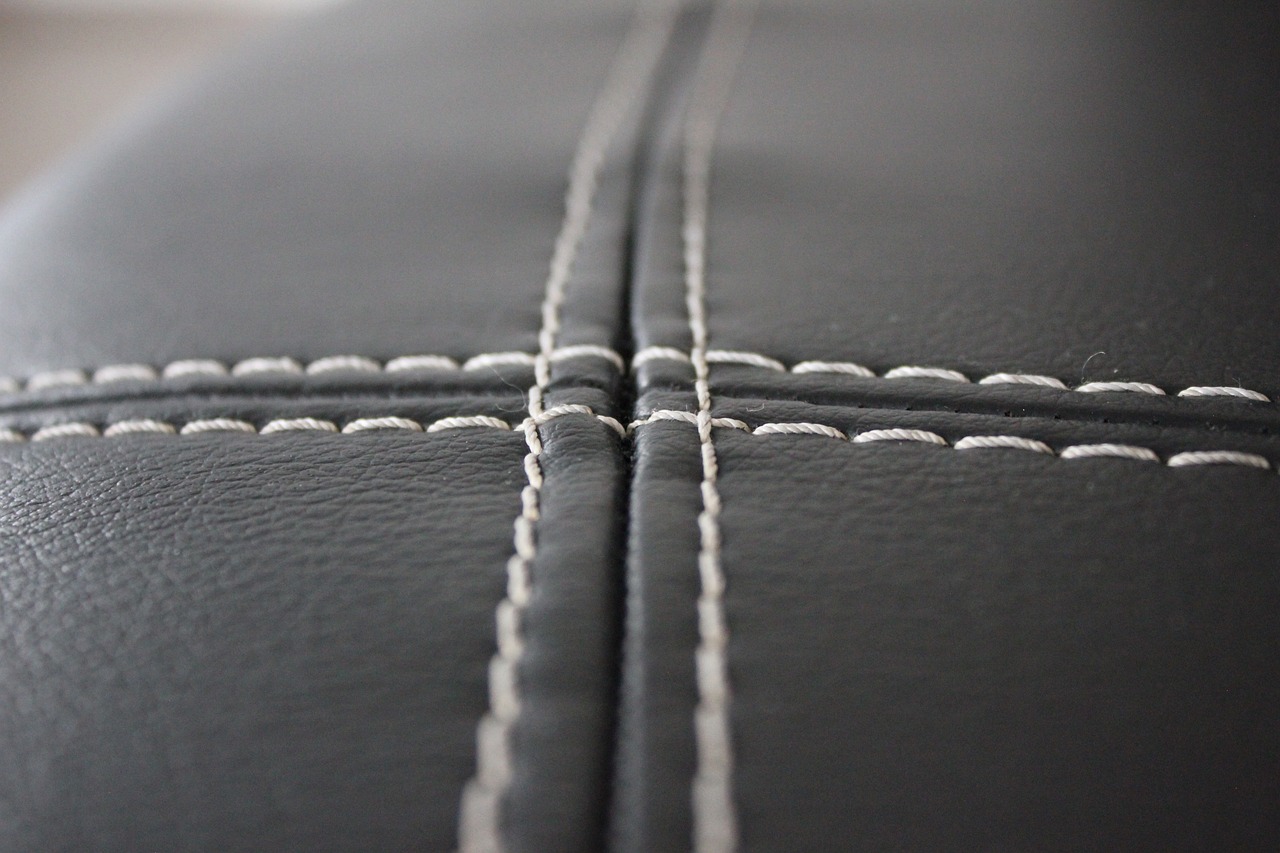
Natural Light Advantages
When it comes to creating a sewing room that inspires creativity and productivity, natural light is your best friend. Imagine sitting at your sewing machine, the sun streaming through your windows, illuminating your fabrics and patterns. Not only does natural light enhance your mood, but it also plays a crucial role in ensuring that you can see your work clearly. This is especially important for intricate tasks like threading needles or matching fabric colors, where good visibility can make all the difference.
One of the biggest advantages of utilizing natural light in your sewing room is the reduction of eye strain. Artificial lighting can sometimes create harsh shadows or cause glare, making it difficult to focus on your projects. In contrast, natural light provides a soft, even illumination that is easier on the eyes. This means you can sew for longer periods without feeling fatigued. Plus, the warmth of sunlight can make your workspace feel more inviting, turning a simple room into a cozy haven for creativity.
To maximize the benefits of natural light, consider the following tips:
- Window Placement: Position your sewing table near a window to take advantage of the sunlight. If possible, choose a location that receives light throughout the day.
- Sheer Curtains: Use sheer curtains to diffuse the light. This allows sunlight to filter through without creating glare on your work surface.
- Reflective Surfaces: Incorporate mirrors or light-colored walls to reflect natural light around the room, brightening up darker corners.
While natural light is fantastic, it’s important to consider its availability throughout the year. Seasonal changes can affect how much light you receive, and during winter months, you might find yourself sewing in the dark more often than you’d like. To combat this, consider supplementing natural light with artificial lighting that mimics daylight. This way, you can maintain a bright and cheerful sewing space regardless of the weather outside.
In summary, embracing natural light in your sewing room not only enhances your visibility and reduces eye strain but also creates a warm and inviting atmosphere. So, as you plan your sewing sanctuary, remember: the more sunlight, the better! Your projects will thank you for it.
- How can I maximize natural light in a small sewing room?
Consider using mirrors to reflect light and keep your windows clear of obstructions. Light-colored walls can also help brighten the space. - What types of artificial lighting work best for sewing?
Look for LED lights that mimic daylight, as they provide bright illumination without the heat of traditional bulbs. - Can I sew at night if I rely on natural light during the day?
Absolutely! Just ensure you have adequate task lighting for detailed work during evening hours.
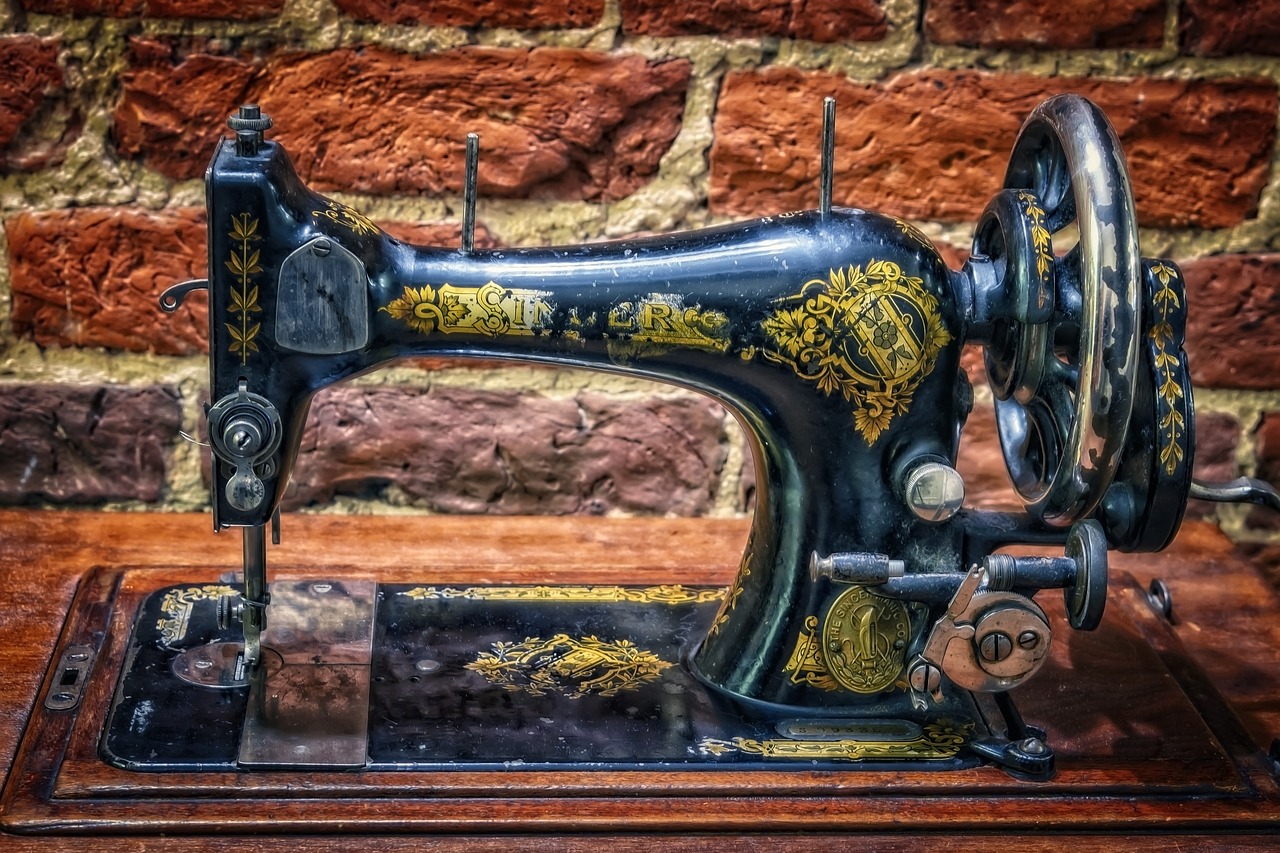
Task Lighting Options
When it comes to sewing, having the right task lighting can be a game-changer. Imagine trying to thread a needle or sew intricate patterns in dim light—frustrating, right? Task lighting provides focused illumination that can significantly enhance your sewing experience. It’s about creating a workspace where you can see every detail clearly, reducing eye strain and helping you achieve precision in your projects.
There are several styles of task lighting to consider, each with its unique benefits:
- Desk Lamps: These are versatile and can be positioned anywhere on your sewing table. Look for models with adjustable arms so you can direct light exactly where you need it.
- Clip-On Lights: Perfect for those with limited space, clip-on lights can attach to the edge of your sewing table or even your sewing machine. They offer flexibility and can be moved around easily.
- LED Strip Lights: If you want to add a modern touch, LED strip lights can be installed under shelves or along the edges of your sewing table. They provide even lighting and can be customized to fit your space.
- Magnifying Lamps: For those intricate projects that require a keen eye, a magnifying lamp combines both light and magnification, making it easier to see fine details.
When selecting task lighting, consider the color temperature of the bulbs. Warmer lights (around 2700K) create a cozy atmosphere, while cooler lights (around 5000K) mimic daylight and are excellent for detailed work. You might find that a combination of both types works best, allowing you to adjust based on the time of day and the specific task at hand.
Additionally, think about the positioning of your lights. Ideally, you want to avoid shadows on your work surface. Position your task lighting to the side or above your sewing area, ensuring that the light source illuminates your fabric without casting a shadow from your hands or tools. This will help you maintain a clear view of your work, making the sewing process smoother and more enjoyable.
In summary, investing in quality task lighting is essential for any sewing room. It not only enhances your ability to see details but also creates an inviting and functional workspace that inspires creativity. So, don’t underestimate the power of good lighting—it’s a small change that can make a big difference in your sewing experience!
Q: What type of lighting is best for sewing?
A: Ideally, a combination of natural light and task lighting is best. Look for adjustable lamps that provide focused light and consider LED options for clarity.
Q: How can I reduce shadows while sewing?
A: Position your task lighting to the side or above your workspace to minimize shadows created by your hands or tools.
Q: Are there specific bulbs I should use for sewing lights?
A: Yes, bulbs with a color temperature around 5000K are great for mimicking daylight, which helps in seeing colors accurately and reduces eye strain.
Frequently Asked Questions
- What should I consider when choosing a space for my sewing room?
When selecting a space for your sewing room, think about factors like natural light, accessibility, and the size of the room. A well-lit area can boost your creativity, while a spacious layout allows for easy movement and organization of your supplies.
- What type of furniture is essential for a sewing room?
Essential furniture includes a sturdy sewing table, a comfortable chair, and adequate storage solutions. Investing in quality furniture tailored to your needs can enhance your sewing experience and promote a productive workflow.
- How can ergonomic furniture improve my sewing experience?
Ergonomic furniture, such as height adjustable tables and supportive chairs, helps maintain a healthy posture during long sewing sessions. This can prevent discomfort and strain, allowing you to enjoy your projects without physical limitations.
- What are the benefits of height adjustable tables?
Height adjustable tables provide flexibility for different sewing tasks, accommodating various techniques and preferences. They allow you to switch between sitting and standing, which can enhance comfort and reduce fatigue during intricate projects.
- What storage solutions work best for organizing sewing supplies?
Effective storage solutions include bins, cabinets, and shelves that help manage fabric, tools, and notions efficiently. Keeping your supplies organized not only saves time but also sparks creativity by making everything easily accessible.
- Why is lighting important in a sewing room?
Proper lighting is crucial for detailed sewing work as it reduces eye strain and enhances precision. A combination of natural and task lighting can create a well-lit environment that boosts your productivity and enjoyment.
- How can I maximize natural light in my sewing room?
To maximize natural light, consider the placement of your windows and use sheer curtains that allow light in without causing glare. Position your sewing table near the window to take advantage of daylight while working.
- What are some effective task lighting options?
Effective task lighting options include desk lamps, clip-on lights, and floor lamps that focus on specific areas of your sewing space. These lights provide direct illumination for detailed tasks, making it easier to see your work clearly.



















